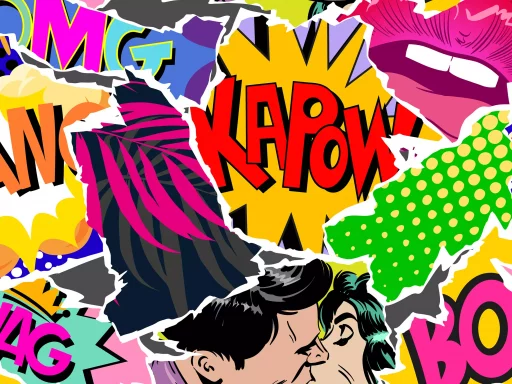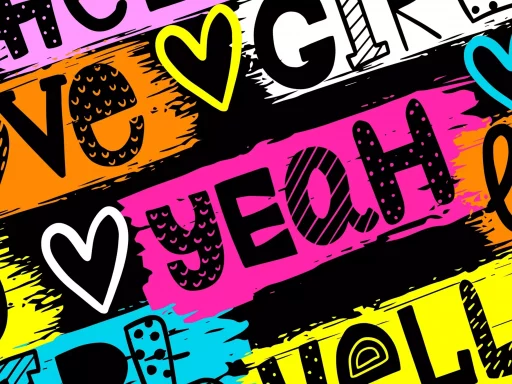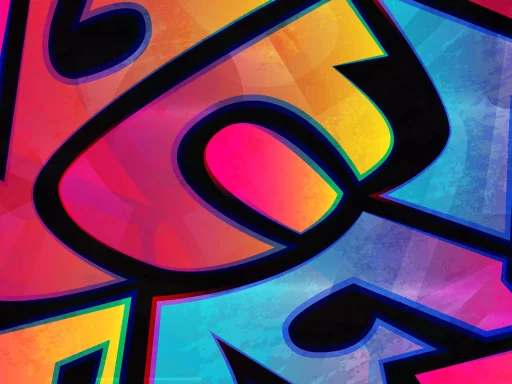Introduction
Sour slang, a term that encapsulates a range of expressions and words often used to describe negativity or bitterness, is becoming increasingly prevalent in online discourse. As social media platforms continue to grow, so too does the vocabulary of sour slang, reflecting broader cultural sentiments and moods.
What is Sour Slang?
Sour slang refers to informal language that expresses dissatisfaction, sarcasm, or a disillusioned attitude. It can be used playfully among friends or as a serious critique in various social contexts.
The Origins of Sour Slang
While slang has always been a part of language evolution, the rise of sour slang can be traced back to several socio-cultural phenomena, including:
- Internet Culture: The anonymity of the internet has allowed for the proliferation of harsh critiques and sarcasm.
- Pop Culture Influences: Movies, music, and TV shows often portray cynical characters, normalizing sour attitudes.
- Political Climate: A turbulent political environment can foster increased use of sour jargon as a means of expressing dissent.
Common Examples of Sour Slang
Some notable sour slang terms include:
- Salty: Often used to describe someone who is angry or bitter about a situation.
- Shade: Throwing shade means to subtly disrespect or criticize someone.
- Tea: When someone says “spill the tea,” they are asking for gossip, often about a scandal or drama.
- Cringe: Something so awkward or embarrassing it elicits discomfort or secondhand embarrassment.
Impact of Sour Slang in Social Media
Sour slang often serves as a powerful tool for expressing feelings and opinions in a concise and relatable manner. A study by the Pew Research Center revealed that 69% of adults frequently encounter negative language on social media platforms.
Moreover, sour slang can lead to rapid virality of content, as it resonates with audiences who share similar sentiments. A perfect example is the popular meme format, “This is fine,” which captures a quintessentially sour attitude in the face of impending chaos.
Case Studies: Sour Slang in Action
Several cases illustrate how sour slang has impacted community dialogues:
- The #CancelCulture Movement: This has been characterized by a plethora of sour phrases to critique celebrities and public figures, often describing their missteps in vividly sour tones.
- Twitter Feuds: On platforms like Twitter, the compact format encourages users to express discontent in a punchy, often humorous manner that captures sour sentiments effectively.
- Reddit Discussions: Subreddits such as r/rage and r/blackpeopletwitter frequently feature posts steeped in sour slang, appealing to users who identify with feelings of frustration or disappointment.
Future Trends in Sour Slang
As language continues to evolve, so too will the forms of slang that emerge. Nostalgia culture, while often a positive phenomenon, can also foster sour slang. New terms that capture a sense of disillusionment with past trends, such as “vintage cringe,” might emerge, painting a satirical picture of previous generations.
Furthermore, as the global conversation increasingly incorporates multiple languages, we may see the borrowing and blending of sour expressions across cultures, enriching the existing lexicon.
Conclusion
Sour slang is more than just a trend; it represents a collective mood that can encapsulate frustration, humor, and cultural critique. By comprehensively understanding this language phenomenon, we can gain insights into societal attitudes, media, and interpersonal communication dynamics.
Statistics Overview
- 69% of adults often encounter negative language on social media (Pew Research Center).
- 37% of millennials report that sour slang is an essential part of their communication style (Gen Z and Millennial Language Study, 2023).






